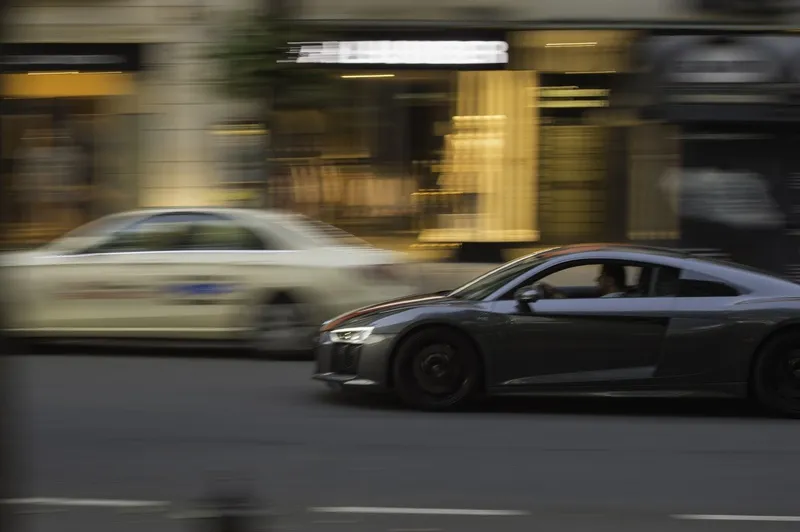Road safety continues to improve according to the latest figures from
the 324 US Department of Transportation. The recorded data shows that in
2009 the US had the lowest level of traffic fatalities since 1954. This
is the 15th consecutive year that fatality rates have fallen. The
projected fatality data for 2009 places the highway death count at
33,963, a drop of 8.9% as compared to the 37,261 deaths reported in
2008. The fatality rate for 2009 declined to the lowest on record, to
1.16 fatalities per 160 million vehicle km travelled (VKT), down from
1.25 fatalities per 160 million VKT in 2008.
It is extremely
significant too that fatality rates are now lower than in 1954, when
significantly fewer vehicles were on the roads and when average speeds
were lower. Some of these safety gains can be attributed to laws against
drink driving, instalment and mandatory use of seatbelts and improved
car design with the development of crumple zones and ABS brakes. However
US Transportation Secretary Ray LaHood cautioned, “There are still far
too many people dying in traffic accidents. Drivers need to keep their
hands on the steering wheel and their focus on the road in order to stay
safe.”
The 834 National Highway Traffic Safety Administration (NHTSA)
attributes the decline in 2009 to a combination of factors that
include: high visibility campaigns like Click It or Ticket to increase
seat belt use, and Drunk Driving. Over the Limit. Under Arrest which
helps with the enforcement of state laws to prevent drunk driving and
distracted driving. In addition, the decline is also the result of safer
roads, safer vehicles and motorists driving less. “This continuing
decline in highway deaths is encouraging, but our work is far from
over,” said NHTSA head David Strickland. “We want to see those numbers
drop further. We will not stop as long as there are still lives lost on
our nation’s highways. We must continue our efforts to ensure seat belts
are always used and stay focused on reducing distracted and impaired
driving.”
NHTSA annually collects crash statistics from the 50
states, the District of Columbia and Puerto Rico to produce annual
reports on traffic fatality trends.







